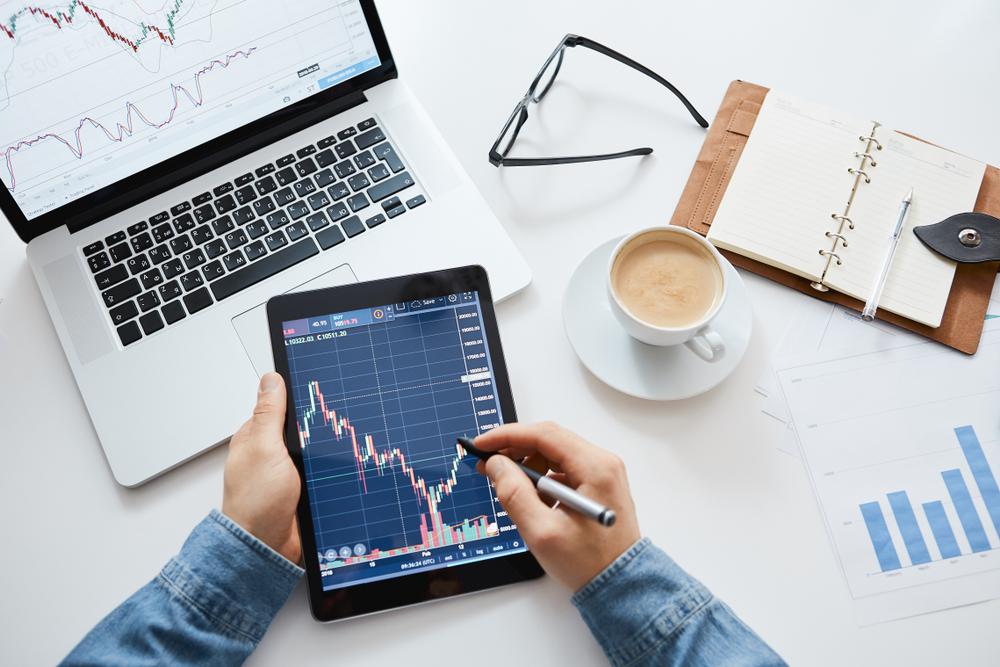Finally deciding to get into trading CFDs is a good choice for someone who wishes to have several experiences in handling various trading instruments due to its flexibility. I am certain that right before signing up for a CFD trading account with your chosen provider, you may have read a million times that CFD is a flexible trading instrument and because of this, it has the ability to be transacted in various markets. Our goal for today’s post is to provide you the basic background and definition of the listed trading instruments that are usually associated with CFDs.
Definition of Trading Instruments
Trading instrument is another term used by traders to refer to financial instruments. Technically,a financial or trading instrument is defined as a monetary contract that can be traded,modified or created. This instrument can also serve as a proof of ownership for a certain or full portion of an asset.
Classification of Trading Instruments
Trading instruments can be classified into three main classes
1.Primary Trading Instrument
These instruments usually have rates that are based on their direct market value.
Types of Primary Trading Instrument
- Cash – these are currencies that can be held. Examples are banknotes and coins
- Bonds – A bond is a fixed income merchandise which refers to a borrowed asset made by an investor to a borrower which is usually a corporation or a government institution.
- Currencies- This is simply the money that is used to spend for our day to day living. In short, this is something that circulates in the community especially during a trading transaction. A more general definition is that a currency is a system of money in common use, especially for people in a nation.
- Spot Commodities- This type of instrument is a commodity that is traded on its cash market. Market participants often use a combination of spot and futures markets for trading commodities, as hedgers or as speculators.
- Derivatives
Also a contract but its value originated from the performance of an asset in the market
Types of Derivatives
- Forwards are non-standardized contracts between two parties who either decide to buy or sell an asset at a given time in the future. Its rate is based on an agreement during the expiry of the contract. And because of this, forwards are considered derivative instruments.
- Futures – Contrary to forwards, this type of derivative is a formal legal contract which is intended when buying or selling something at a predetermined price at a specified time in the future. The two parties involved in the contract are usually strangers to each other. The asset transacted is usually a commodity or financial instrument.
- Options- These derivatives allow its holders to perform their rights to buy or sell an underlying asset for a specific rate within a designated time or deadline.
- CFDs – Contracts for difference is also an agreement between the trader and the client which stipulates that the client is expected to pay the trader based on the difference between the current value of an asset and its value at contract time.
Conclusion:
Now that you already have an idea about the main classification of financial instruments and the respective merchandise that belong to each class, we hope that you will find these information useful towards figuring out which among these instruments will you choose to include in your portfolio for trading CFDs.
















